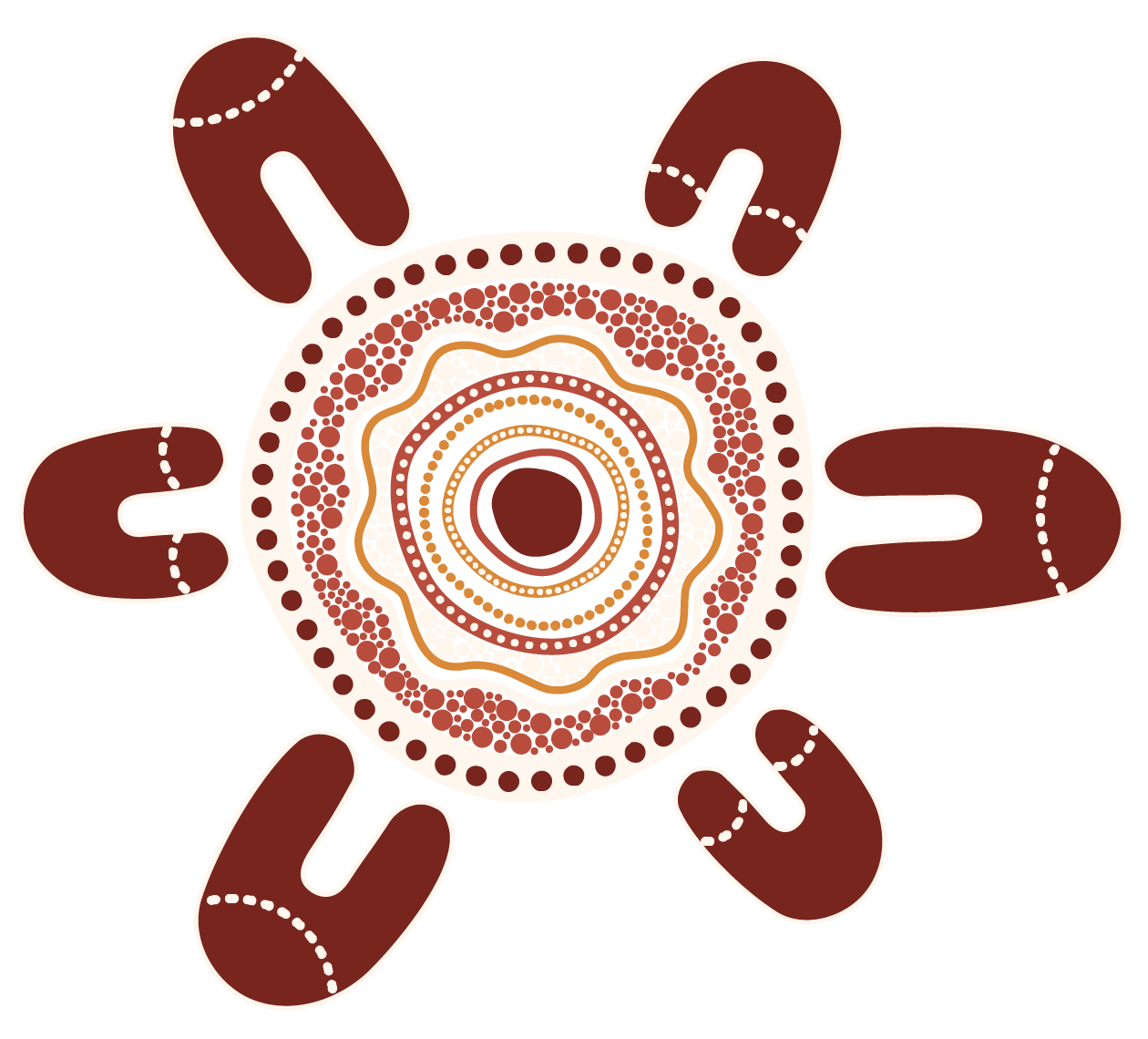Wetland vegetation is a critical component of both aquatic and terrestrial ecosystems. It provides habitat for a large array of animals and supports a wide range of ecological functions. Basin-scale monitoring and research projects are providing insights into just how diverse, unique and complex wetland plant communities are at a landscape scale.
Floodplain wetlands in the Murray-Darling Basin support a tremendous diversity of plants and vegetation communities. Many wetland plants are annual or short-lived perennial species which respond to environmental and seasonal conditions. The composition and structural complexity of understory plant communities within floodplain wetlands is continually changing in response to the availability of surface water, soil moisture and other environmental cues. This results in unique assemblages of plants across different wetlands at any given point in time.

A variety of aquatic plants at a wetland in Barmah-Millewa Forest. Photo credit: F. Freestone, Latrobe University
While many wetland plant species are widely distributed and common, both across the Murray-Darling Basin and, in most cases, across Australia more broadly, factors such as, but not limited to, location, dispersal of propagules, current availability of water, historical inundation regimes and canopy structure influence the expression of plant species to provide significant spatial and temporal heterogeneity at a Basin-scale. This environmental heterogeneity generates a high diversity of vegetation communities which in turn support a wide variety of ecological functions and animals.
Supporting habitat diversity at a landscape scale is one of the many uses of environmental water. Monitoring and research programs evaluate the outcomes of environmental flows and provide knowledge that underpins the process of efficient and effective delivery of environmental flows. Understanding and maintaining wetland diversity at a landscape scale is crucial to maintaining Basin-scale biodiversity.

An insect utilising the mudflat plants colonising the edge of a wetland. Photo credit: Fiona Freestone, Latrobe University
Further information
Murray Darling Basin Environmental Water Knowledge Research (MDB EWKR) project
Final reports: Murray–Darling Basin Environmental Water Knowledge and Research Project: Vegetation Theme Research Report, Murray-Darling Basin Environmental Water Knowledge and Research Project: Vegetation Theme Research Appendix
Long-term Intervention Monitoring Project (LTIM)
Basin-scale evaluation and research into the response of wetland and floodplain vegetation to environmental flows will continue under the Monitoring Evaluation and Research (MER) project, which is jointly lead by CSIRO and University of Canberra and funded by the Commonwealth Environmental Water Office (CEWO): Monitoring Evaluation and Research Program
Why Vegetation?
The Vegetation Theme will evaluate the contribution of Commonwealth environmental water to the diversity and condition of non-woody vegetation across the Murray- Darling Basin, as well investigate how to best use it to achieve environmental outcomes for tree species such as River red gum and Black box.




